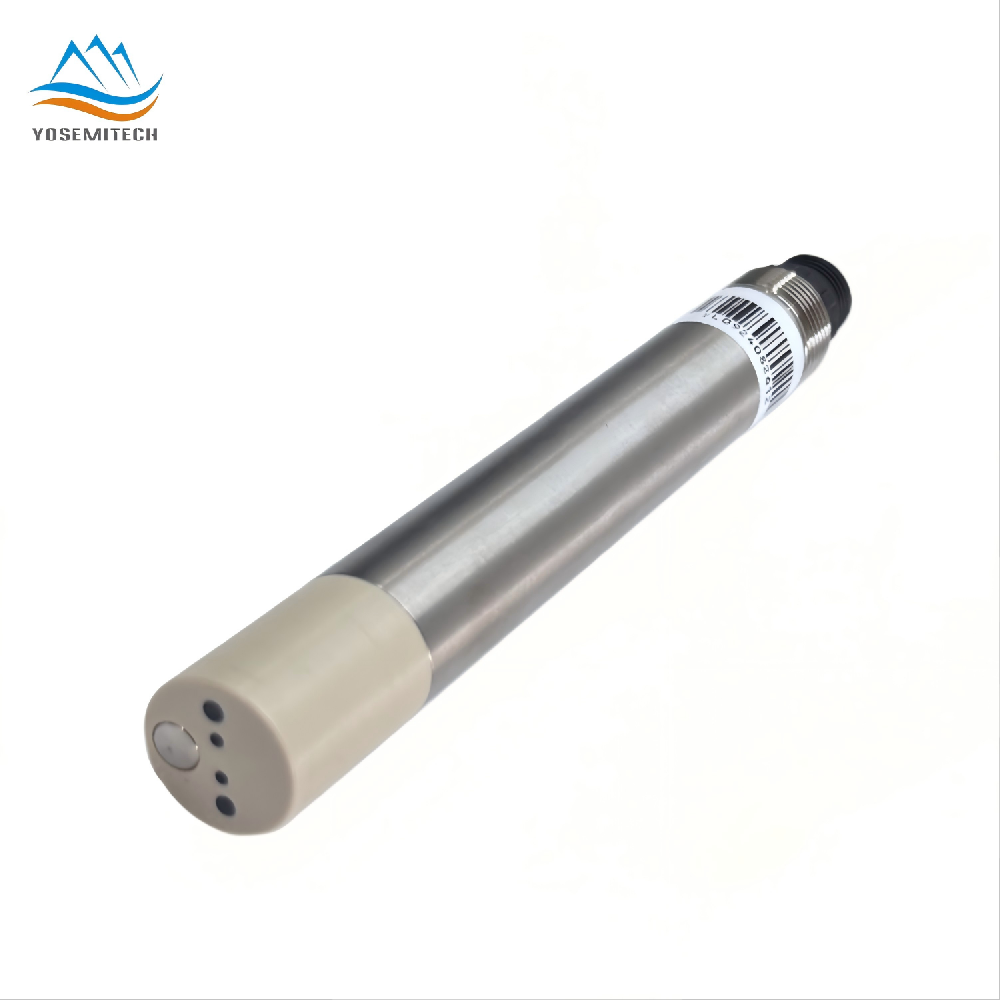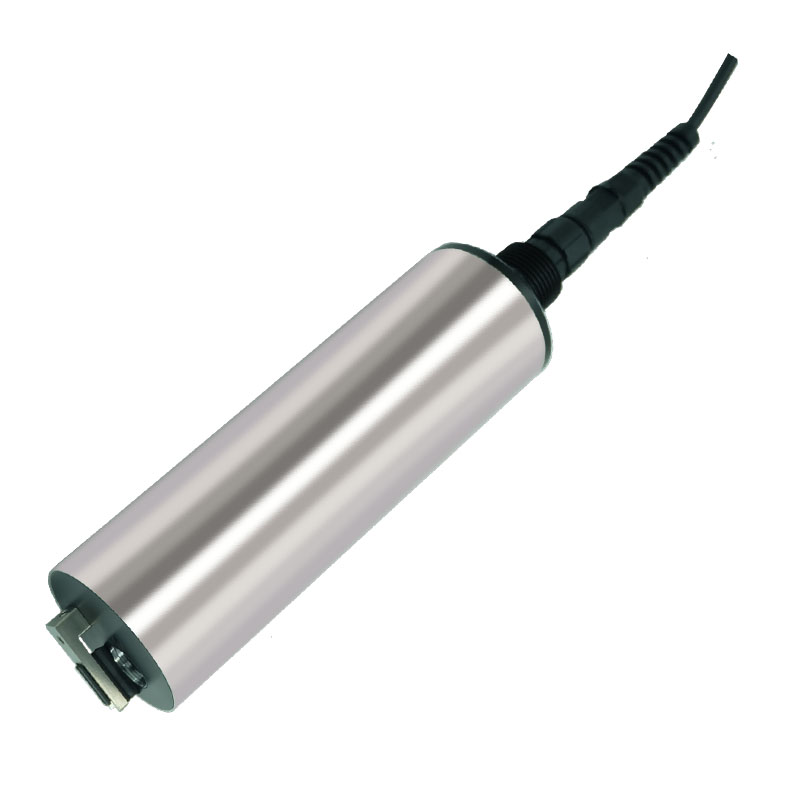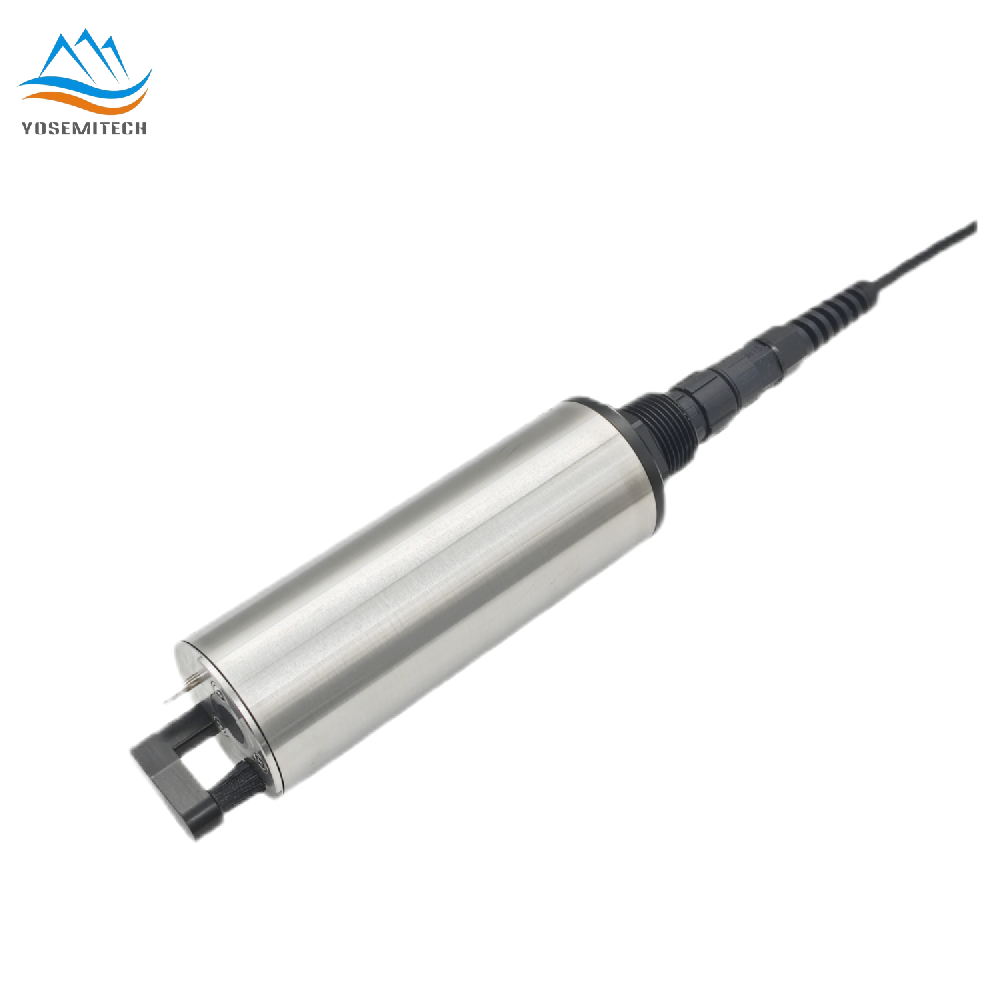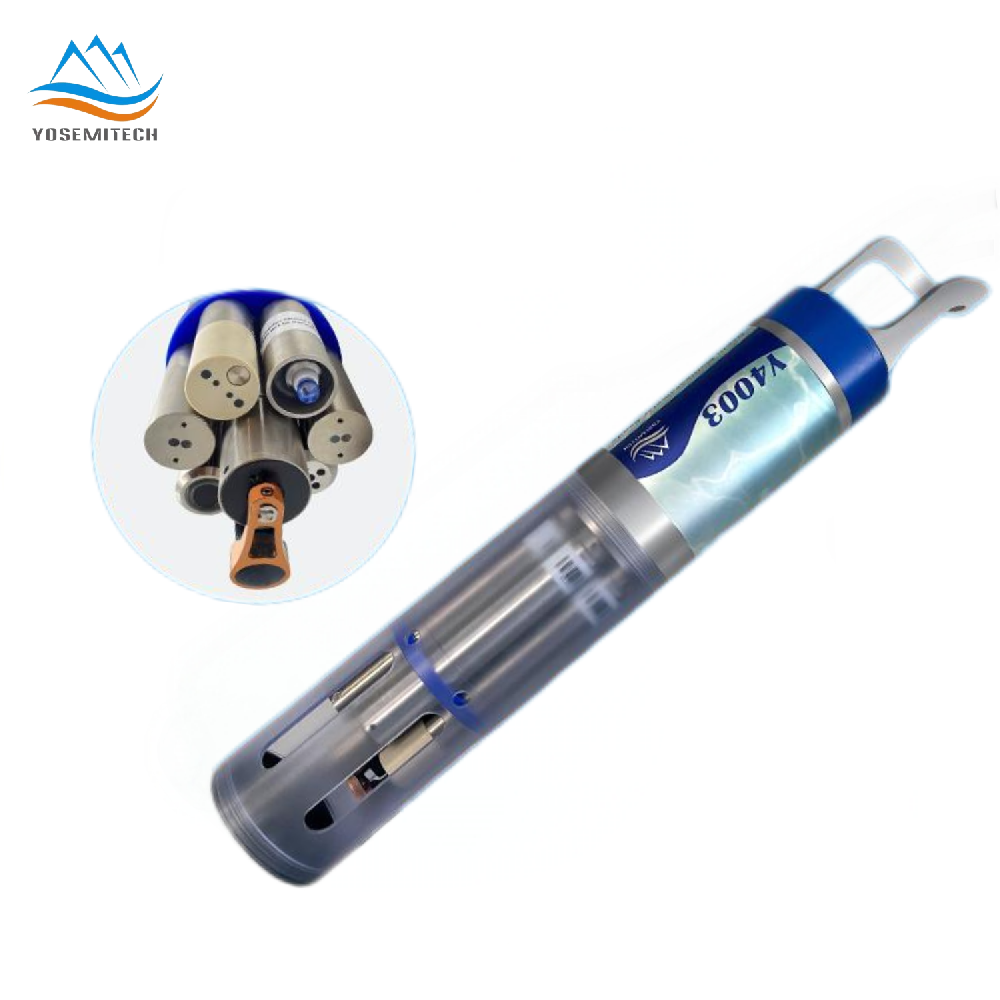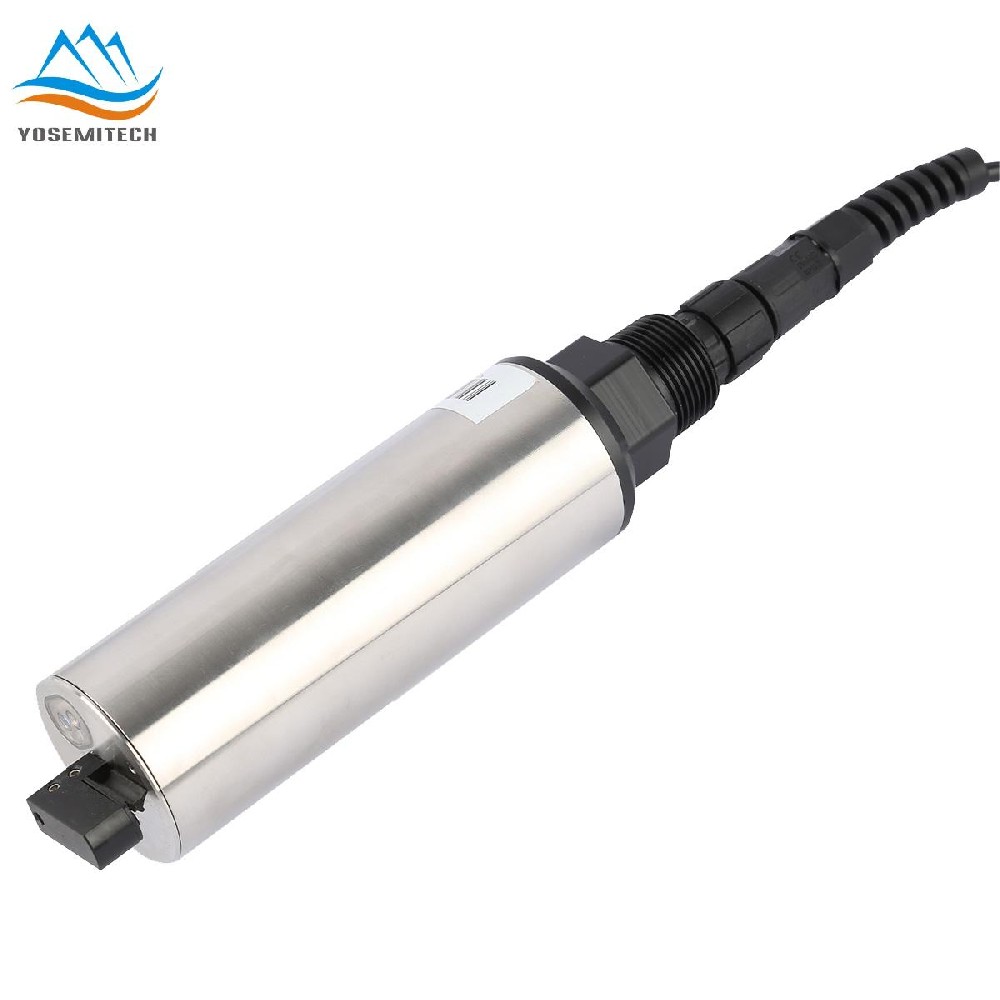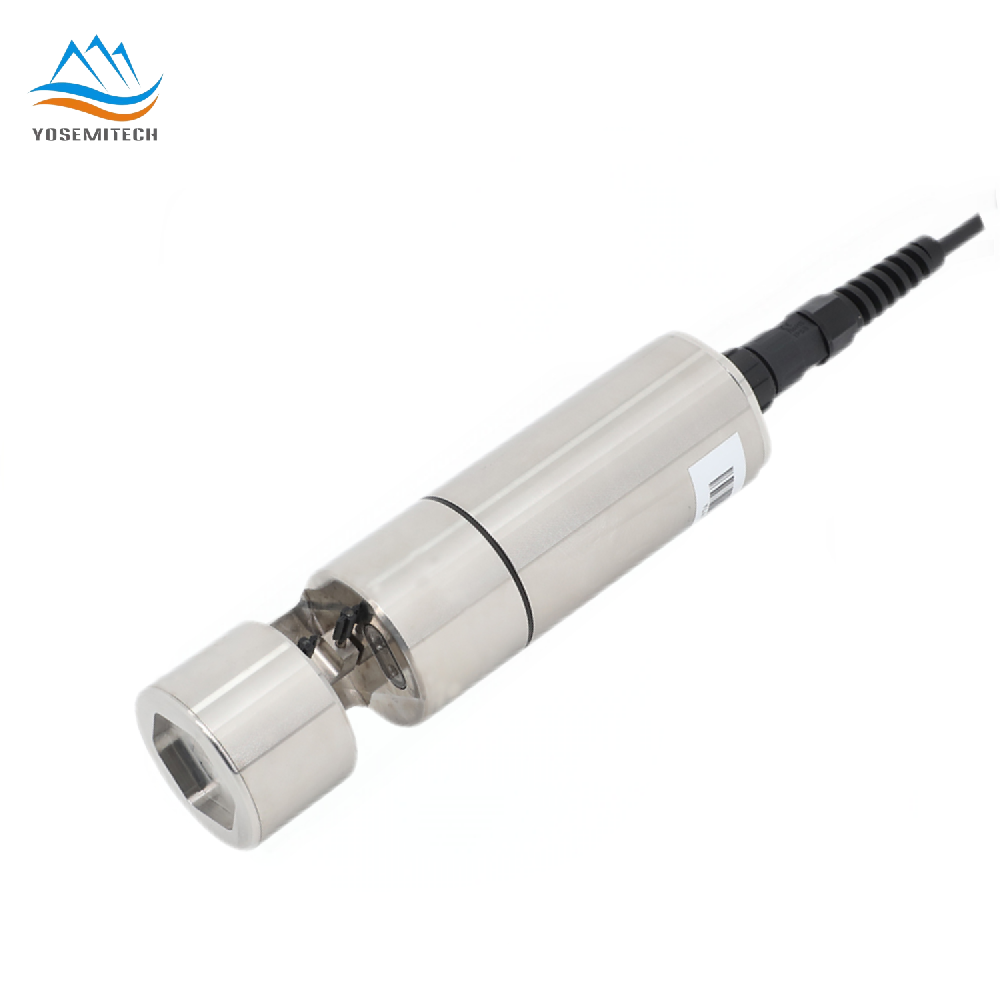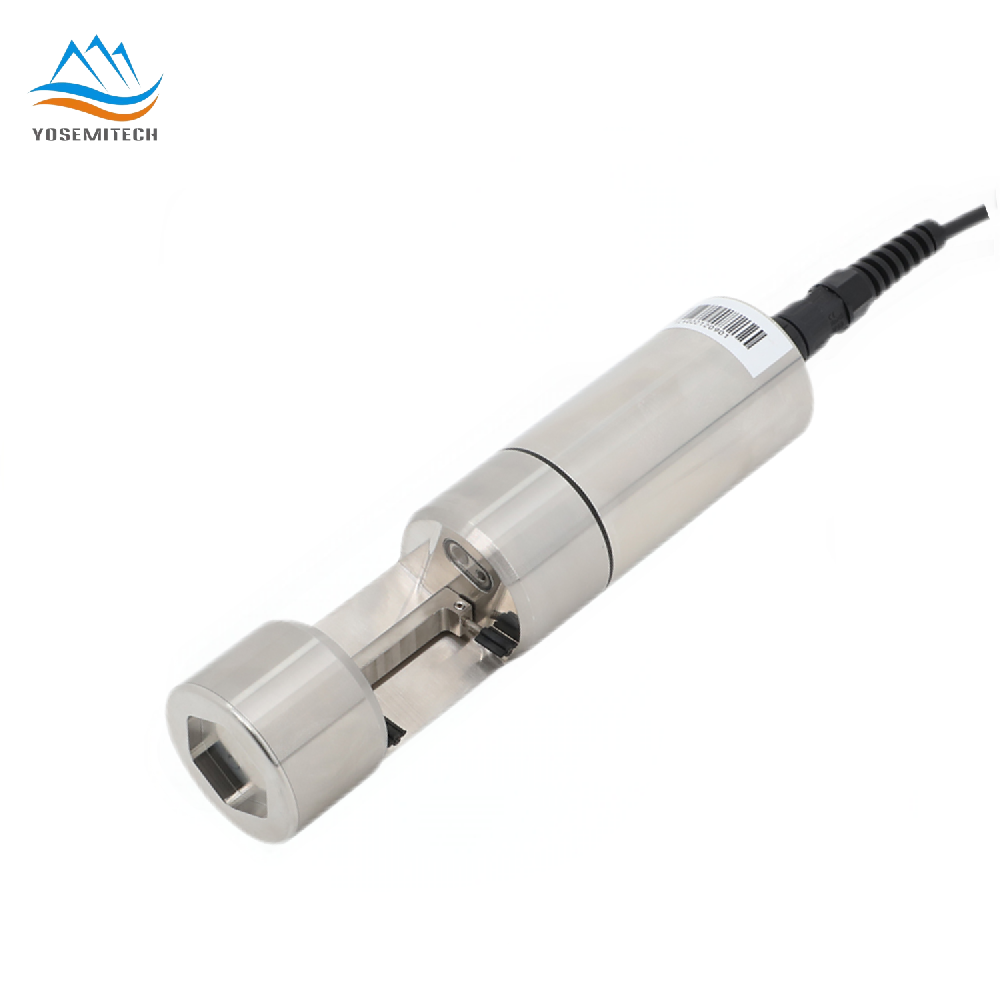Industry news
How pH Levels Influence the Color and Taste of Red Wine
Writer: admin Time:2024-12-03 15:46:30 Browse:1590℃
How pH Levels Influence the Color and Taste of Red Wine
When it comes to the complexity and allure of red wine, much of its character can be traced back to its pH level. Understanding how pH influences both the color and taste of red wine can enhance your appreciation of this beloved beverage, whether you're a novice wine enthusiast or a seasoned connoisseur. This blog explores the intricate relationship between pH levels, color, and taste in red wine, offering insights into the chemistry behind your favorite glass.

pH in Wine
The pH scale ranges from 0 to 14, with 7 being neutral. In the world of wine, pH is a measure of acidity, where lower pH values indicate higher acidity. Most red wines have a pH level between 3.3 and 3.6, although this can vary depending on the grape variety, region, and winemaking techniques.
Influence of pH on Wine Color
Anthocyanins and Pigmentation: Red wine gets its color primarily from anthocyanins, pigments found in grape skins. The stability and hue of these pigments are significantly affected by the wine's acidity. Lower pH levels (higher acidity) usually result in brighter, more vibrant red hues, while higher pH levels (lower acidity) can lead to a shift towards bluish or purplish tones.
Effect on Color Stability: Wines with lower pH are not only more vibrant but also more stable in terms of color. This stability is crucial for aging, as it helps maintain the wine's appearance over time. Higher acidity can protect the wine from oxidation and browning, preserving its youthful color.
Role in Tannins and Mouthfeel: Tannins, which contribute to the texture and astringency of red wine, also interact with pH. Wines with lower pH levels tend to have firmer tannins, which can enhance the perception of structure and mouthfeel.
Influence of pH on Wine Taste
Acidity and Balance: Acidity is one of the primary components of wine's taste. It provides brightness and lift, balancing the sweetness and alcohol. A wine with the proper acidity tastes fresh and lively, whereas one with insufficient acidity can seem flat or dull.
Flavor Perception: The pH level affects how we perceive the flavors in wine. Higher acidity (lower pH) can accentuate fruity and floral notes, making them more pronounced on the palate. Conversely, wines with higher pH levels may have softer, rounder flavors, but they might lack the crispness that acidity imparts.
Aging Potential: Acidity not only contributes to the immediate taste profile but also plays a crucial role in a wine's aging potential. Wines with balanced acidity are more likely to develop complex flavors over time, maintaining both their taste and structural integrity as they age.
The Winemaker's Role in Managing pH
Grape Selection: The choice of grape variety and its ripeness at harvest are fundamental factors that determine the initial pH level. Some grapes naturally have higher acidity and are chosen for their ability to produce more vibrant wines.
Winemaking Techniques: Through techniques such as acidification (adding acid) or malolactic fermentation (converting malic acid to softer lactic acid), winemakers can fine-tune the acidity and pH to achieve the desired balance and flavor profile.
Use of Additives: In some cases, winemakers might use additives to adjust pH levels. These adjustments can help enhance stability, color, and taste, ensuring the wine meets the intended quality standards.
How to Adjust the pH of Wine?
Many vintners aim to achieve near-perfect pH values prior to wine fermentation. Acidity can have a significant impact on bacteria, thus it is critical to ensure pH levels are correct before introducing yeast. A pH probe and portable meter can be used by smaller winemakers to measure the pH of their wines. Larger facilities may use automatic pH control technology as part of the winemaking process.
Conclusion
The pH level of red wine is a fundamental aspect that influences both its color and taste. By understanding the interplay between pH, acidity, and wine composition, you can better appreciate the intricate processes that contribute to the final product in your glass. Whether you're enjoying a bold Cabernet Sauvignon or a delicate Pinot Noir, the careful balance of pH ensures each sip is a celebration of flavor and artistry. As you explore different wines, consider how their acidity and pH may be shaping your sensory experience, adding yet another layer of enjoyment to the world of wine.
CATEGORIES
CONTACT US
Yosemitech Technologies Co., Ltd
 +86 19984844080
+86 19984844080
 sales@yosemitech.com
sales@yosemitech.com
 Bldg,25,CECEP Industrial Park, No. 18 Dongchang Rd. Suzhou Industrial Park, Jiangsu Province,China 215126, China
Bldg,25,CECEP Industrial Park, No. 18 Dongchang Rd. Suzhou Industrial Park, Jiangsu Province,China 215126, China
